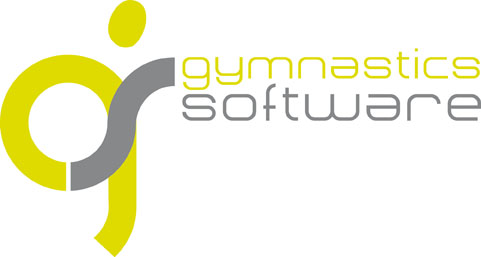In short, a font is a computer file that contains instructions for drawing characters on a computer screen. The font instructions are also used by a printer for printing characters. Instructing a computer how to draw a character (or a WAG symbol) goes like this: start at point (0,0) - then draw a straight line to point (230, 24) - then draw a curved line to point (345,21) - then draw another curved line back to the starting point (0,0). Some characters require very little instructions (for example the letters I,l,L) while other characters require 100 or more. The design of the symbol below contains hundreds of points because its shape is so irregular: it represents a handwritten symbol.

Because characters can be displayed or printed in various sizes, the points mentioned in the instructions are transformed to the required size of the shapes on screen or paper. When displayed on a computer screen, very few points are available. If you come close enough to your screen, you can see the individual points (pixels) available for drawing the characters. When you select a small font size in your text editor like for example 8 or 9 points (a default size is often 12 points), the font has a difficult time displaying the character so that it is still recognizable. That is why many fonts - except high quality or specialized fonts - look bad on a computer screen when a small font size is used. This is no different for the WAG Symbols font. Solving this problem can only be done by designing a new instruction set for every character, for every small font size (8, 9, 10 points). If you know that there are up to 2000 WAG symbols in a single font, you understand that we don't have the resources to design the same font 4 times or more. Anyway, a modern printer does not have this problem: a printer can use lets say 600 dots per inch to draw characters, much more than we can see with the naked eye. That is why symbols might look ugly on your screen, but yet look good when printed.
So now you know what a font is, what is it used for? Well, when you type a text in your word processor and save it to a file, the file does not contain the drawing instructions for the shapes of the letters (*). Instead is stores characters as numbers and instructions for the word processor specifying what font to use, what size, color, etcetera. The numbers for the characters are internationally defined by the Unicode consortium. The letter A for example has number 65. For every character in every language a number is defined. Also for the WAG symbols numbers are defined, except that in this case the definition came from Gymnastics Software and not from the Unicode consortium. The Unicode consortium reserved a range of numbers for private use, and we used that range to map the WAG Symbols to Unicode numbers.
So a text document contains the name of the font being used, and the numbers of the characters in the document. If you send your document to someone else, her computer opens the text document, reads the numbers in the document, load the font specified in the file and draws the text on your screen using the drawing instructions from the font.
If your computer does not have the specified font installed, it will pick another one that ís installed. If the font does not have instructions for the character, it will show the ‘missing glyph’ shape. Each font can define a shape that it will use when it is requested to draw a character it has no instructions for. Some missing glyph shapes are:

The missing glyph symbol for WAG Symbols is:

So whenever you see that symbol, it means that the selected font does not have drawing instructions for that character.
I know this is all technical stuff. But understanding some principals about font technology can help you understand why sometimes an application behaves the way it does. If you have any questions, don’t hesitate to ask them.
(*) Adobe Acrobat Reader (*.pdf files) stores drawing instructions instead of character numbers, so if you create a pdf file with WAG Symbols, the computer on which the file is read, does not require the WAG Symbols font.

No comments:
Post a Comment